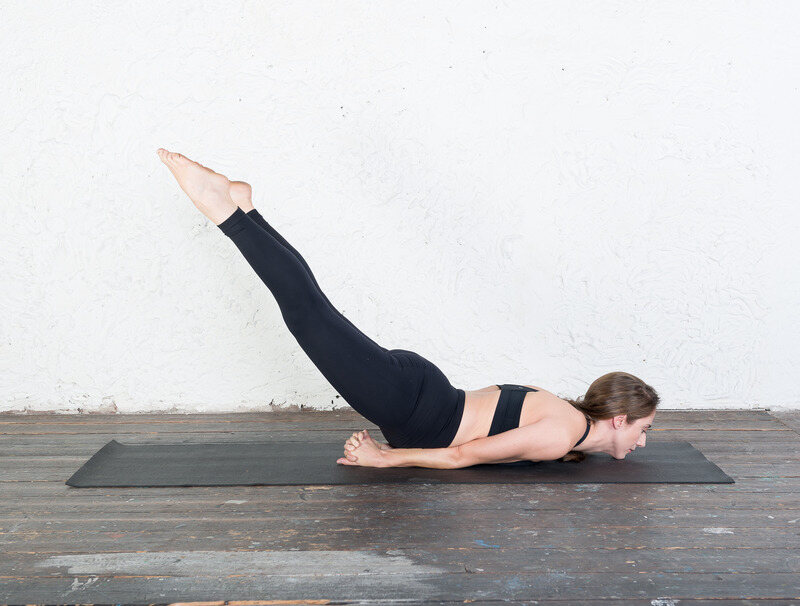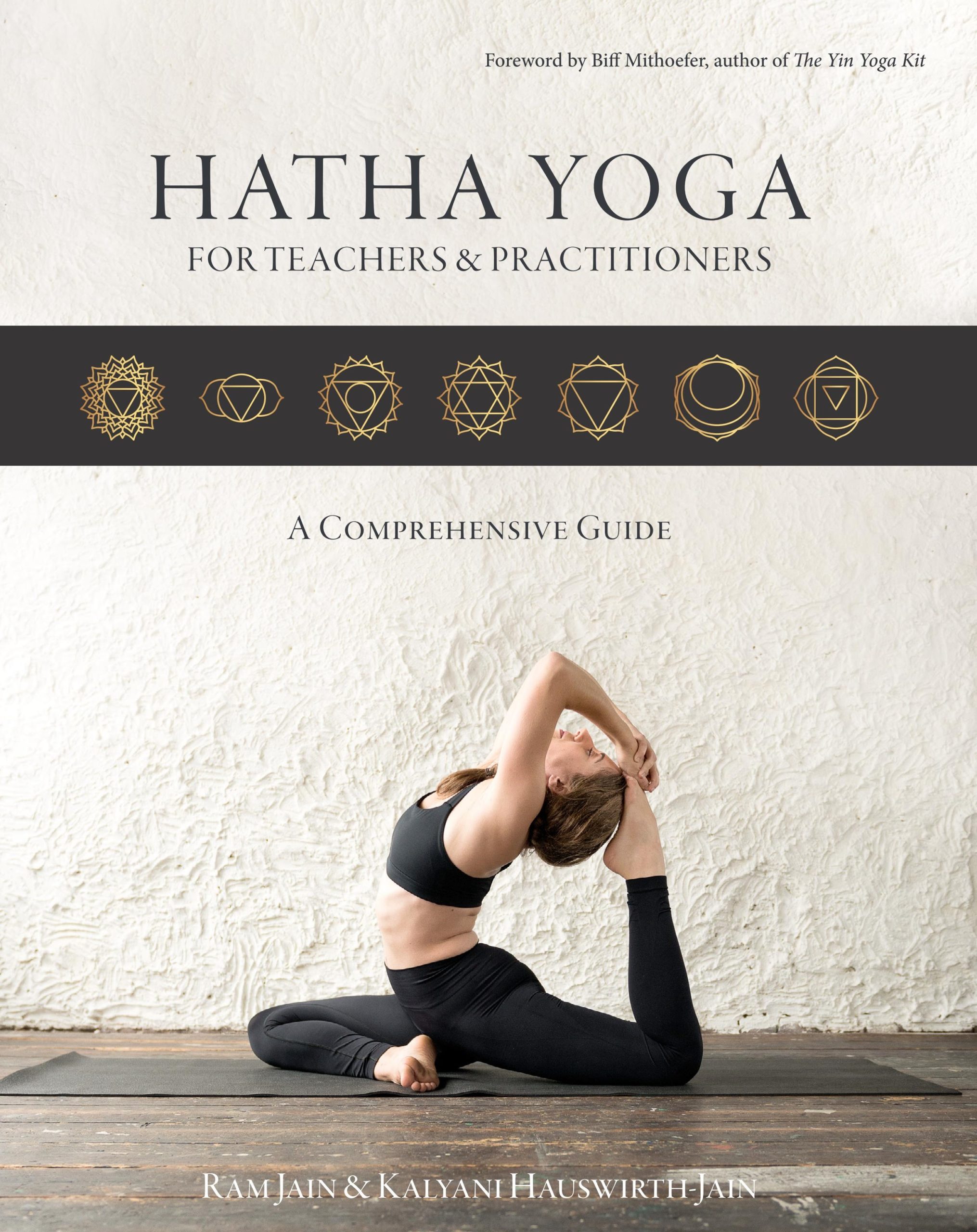Shalabhasana - Locust Pose
Locust pose increases flexibility of the cervical vertebrae and strengthens the lower back (lumbar vertebrae and sacrum).

Category | Backbend |
Chakra | Manipura/Solar Plexus Chakra |
Meaning | Shalabh refers to a locust. |
Benefits of Locust Pose
Regular practice steadily and comfortably within a balanced yoga asana program:
- Stimulates the Solar Plexus Chakra and therefore stimulates and balances the functions of your stomach, gallbladder, liver, spleen, and pancreas
- Tones all digestive organs and improves digestion, through abdominal pressure
- Produces bodily heat and increases digestive fire
- Helps to control blood sugar levels through stimulating your pancreas
- Strengthens the biceps and deltoid muscles of your upper arms
- Strengthens your abdominal and lumbar muscles
- Strengthens and tones your buttocks and legs
- Stimulates your reproductive system
- Improves concentration and helps to relieve stress
- Relieves hunchback and corrects posture.
Instructions for Locust Pose
How to come into the pose
- Lie on your side, interlock your hands tightly in front of you, and push them downward, below your pelvis (keeping your elbows as close as possible).
- Rollover to lie on your chest and look forward, chin on the floor.
- Keep your feet hip-width or even wider apart.
- Inhale and lift both legs off the floor as high as possible, pushing your shoulders and arms into the floor.
Coming out of the pose
- Breathe out and gently lower your legs to the floor.
- Release your hands and relax into Crocodile Pose.
Alignment Cues for Locust Pose
- Elbows and wrists are as close as possible.
- Shoulders are rolled inwards.
- If you feel pain in your arms or elbows you can place a rolled blanket under your elbows.
- If you feel the tension in your neck or cannot place your chin flat on the floor, you can place a blanket underneath your chest.
- You can modify your hand position as follows:
- Making two fists next to each other or hands flat next to each other with palms facing downward.
Duration of Hold
- Beginners: 10 seconds
- Intermediate: 10–20 seconds
- Advanced: 20–40 seconds
Modifications
- This is quite an intense and difficult pose. To build up toward it, you can first practice Half-Locust Pose, as explained in the variations section further on in the book.
Cautions and Contra-indications
- Abdominal issues (e.g. diarrhoea, ulcer, menstrual pains, recent surgery)
- Shoulder issues
- Cardiovascular issues
- Neck issues
Relevant Poses
Rest in Crocodile Pose and then move on to Bow Pose – Dhanurasana.
For more yoga asanas and exercises, make sure to visit the Arhanta Yoga Asana Guide!

Get a free copy of our Amazon bestselling book directly into your inbox!
Learn how to practice, modify and sequence 250+ yoga postures according to ancient Hatha Yoga principles.
